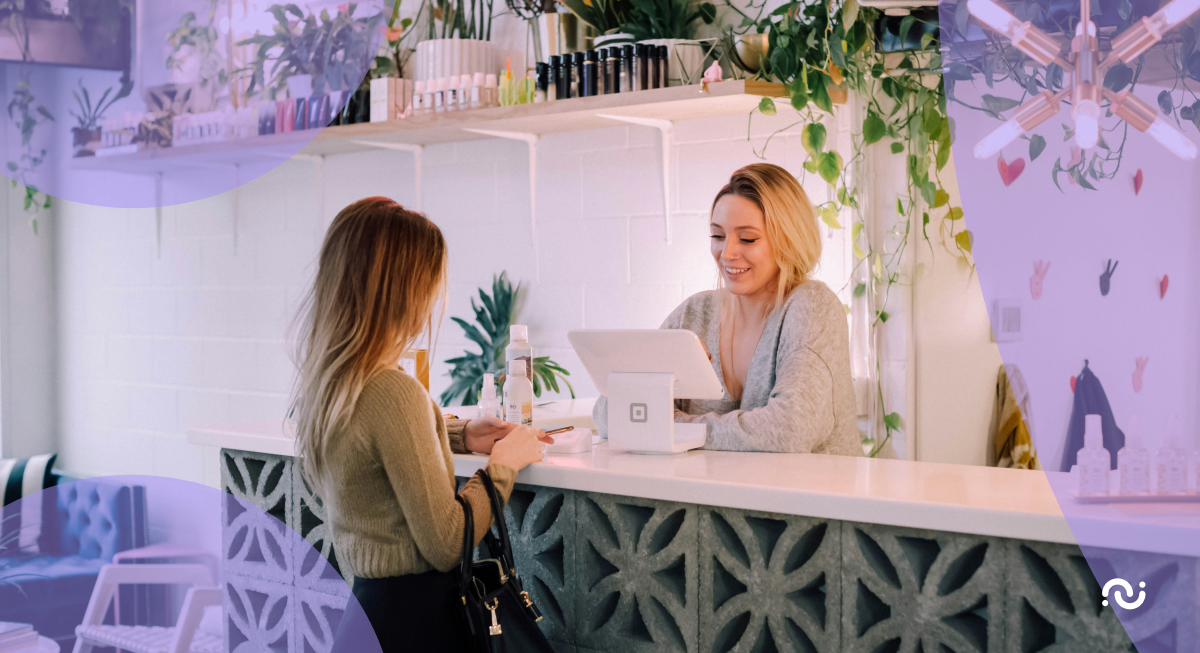Nowadays hoteliers have access to more reporting tools than ever, and by measuring their KPIs they can unmask trends and business opportunities, as well as assess their hotels’ financial health.
When it comes to Analytics and Key Performance Indicators (KPIs), the hospitality industry is one of the most complete and detailed. This is also where the analytical power of a hospitality chatbot comes in.
If before the traditional hospitality metrics were occupancy-based only, today technology makes it possible to measure every single aspect and keep track of essential indicators that show how profitable a property is.
Nowadays hoteliers have access to more reporting tools than ever, and by measuring their KPIs they can unmask trends and business opportunities, as well as assess their hotels’ financial health.
However, with great power comes great responsibility, and the challenge most hoteliers face today with new technologies, that give them new methods of measurement and performance optimization, is that they need to have a fair amount of know-how to leverage revenue opportunities and increase profitability properly.
To help you keep track of some of your hotels’ KPIs, we’ve put together a list of three of the most essential metrics hoteliers should measure regularly and how technology can help with that.
Average Daily Rate
This is one of the most common financial indicators that allows hoteliers to measure how successful the performance of the hotel is against its competitors when it comes to size, guest type, and location.
The Average Daily Rate (ADR) allows you to calculate the average price for each hotel room sold for any given night. Because guests pay different rates, ADR sums them all up and combines them into one single average rate. The ADR is calculated by taking the average revenue earned from rooms and dividing it by the number of rooms sold, excluding the rooms occupied by your staff and complimentary rooms, and it isn’t affected by the hotels’ occupancy.
An idea on how you can leverage this rate is by gathering insights about your current high-level guests. This way, it becomes easier to attract and engage the right clientele for your hotel with a campaign, for instance, and fill in your premium rooms, which will increase your average price per room.
There are a few tools out there that can help you with this task, from complete and expensive CRMs to simple and more affordable platforms that allow you to keep track of your guests profile, add tags to quickly identify the guest or even take some notes to refresh your mind when it’s time to target them with a campaign.
Revenue Per Available Room
Revenue Per Available Room (RevPAR) represents how successful the hotel is at filling its rooms. This is a handy measure of performance, but it needs to be evaluated in the right context because it can vary depending on seasonality, consumer trends or economic circumstances, which can make it challenging to track. Nonetheless, this is a crucial metric to understand the profitability of a property at any given time.
RevPAR mixes up two concepts — occupancy and ADR — but includes the impact of your empty rooms as well. It can be calculated either by multiplying a hotel’s ADR by its occupancy rate or by dividing a hotels’ total room revenue by the total number of available rooms in a specific period. A hotelier can (and should) use this metric to assess how well the hotel is filling its rooms and how prudently he’s pricing the average hotel room, to reach full capacity. Given its importance, RevPAR should be used to plan both high and low seasons for the hotel.
Once again, knowing who your guests are will allow you to send tailored recommendations and offers, increasing the chance of having more rooms occupied year-round, therefore increasing your Revenue Per Available Room.
Customer Satisfaction Rate
There’s one non-financial metric that we believe to be as important: Customer Satisfaction Rate. According to GBTA BTI™ Outlook, global business travel spends will reach $1.6 trillion by 2020. Given these numbers, it is of extreme importance that the hospitality industry can support this growth and customer service is number one when it comes to driving customer loyalty, which arises from experience delivered to guests.
Every brand needs to pay attention to customer experience, but when it comes to the hospitality industry, this is even more important because we’re dealing with sensitive services, such as how well people sleep and eat. Therefore, these experiences are perceived more intensively, which means smaller details may gain major proportions and either enhance or ruin a guest’s experience with your hotel. Sometimes, it doesn’t even have to do with your facilities, but a good or poor experience with your staff. Every touchpoint counts when it comes to customer satisfaction.
The Customer Satisfaction Rate (CSAT rate) can be measured by making use of feedback forms or surveys to monitor how happy or unsatisfied your guests are. The reviews you get from these is invaluable and allows the hotelier to know precisely which subjects need improvement over time.
However, it may be challenging to get your guest to rate his overall experience, from the first time they interact with your brand, but there are ways to overcome this, such as offering incentives or using technology.
Some platforms can send out automatic surveys a few hours after your support agent closes a guests’ request by making use of a straightforward question: “How would you rate the support you received?”. From here, the platform is able to provide a report with your overall or individual CSAT score, by staff member. With these reports’ smart insights you’ll always stay on top of what’s happening to help you improve your customer experience.
Measuring performance is only the beginning, but how these tools can quickly report the metrics they track, from daily operations to customer service, is where you’ll benefit the most from them.
>> See HiJiffy success stories where hotels improved their CSAT score using our conversational AI solutions.






